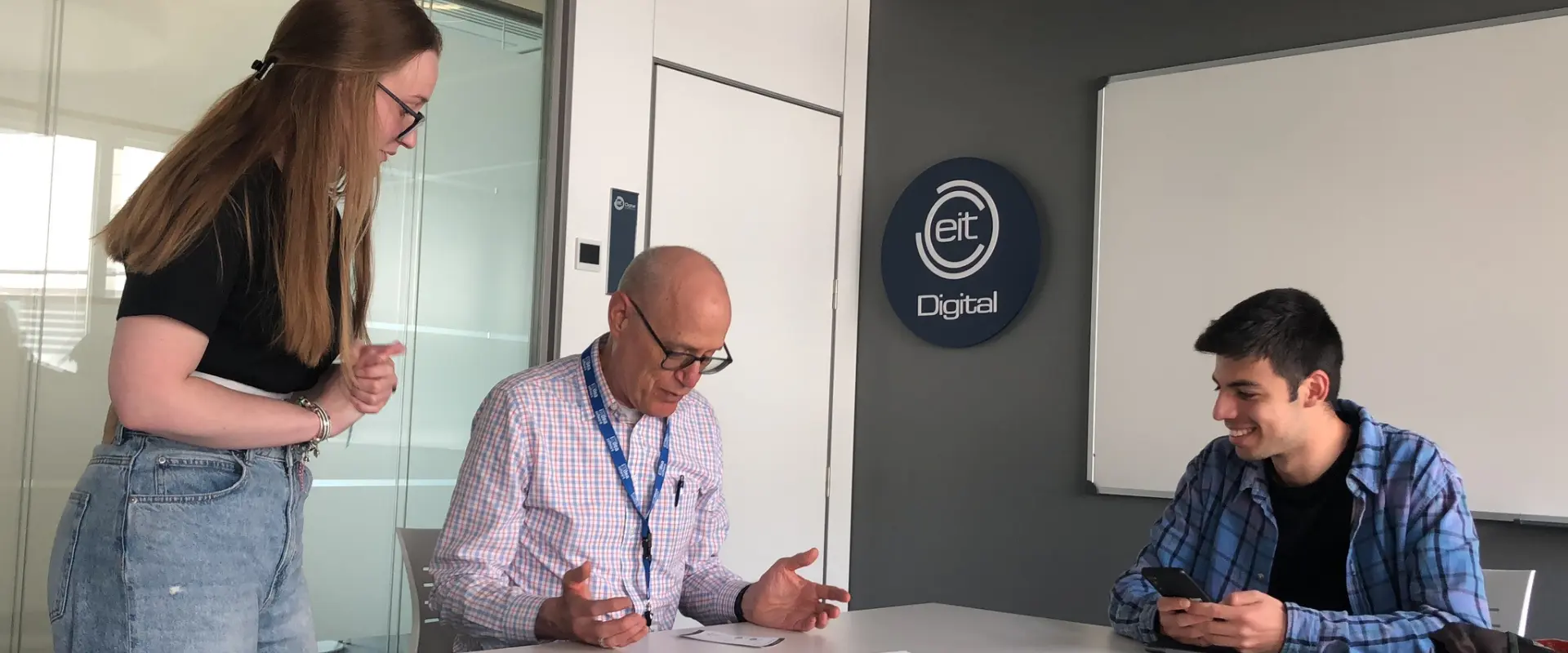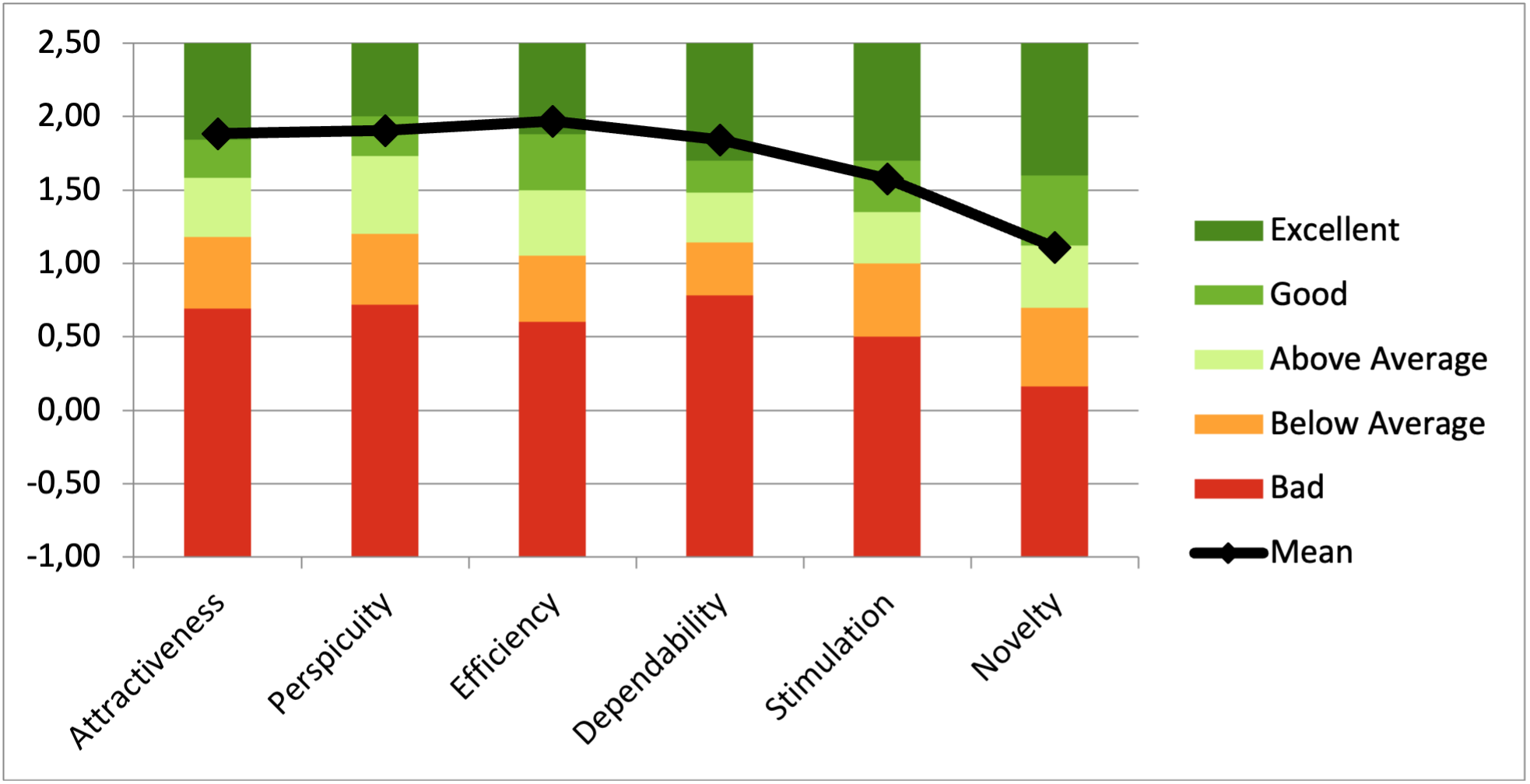Sun Jun 04 2023

The Problem
- In 2019, approximately 5.5% of employed people aged 20–64 years in the EU usually worked from home.
- The impact of the COVID-19 crisis more than doubled the share in 2020 to 12.3%.
- In 2021 there was a further increase in the share of people working from home that reached 13.5%.
The problem is that digital nomads struggle to:
- Find free public places to work from
- Meet other digital nomads
The Solution
The solution is a mobile application that allows digital nomads to:
- Find the perfect workspace based on their preferences
- Organize in-person meetings with other digital nomads

My Role & Contributions
User Researcher & UX Engineer
- Preparation of semi structured user interviews and observations sheets
- Finding participant, conducting user interviews and coding of the data collected
- Designing the user interactions, application interface and paper prototyping
- Developing the Hi-Fi prototype as an Android application
- Analysis of quantitative and qualitative data collected from the user testing

Context of use process
The process involved:
-
Preparation of a 24-question semi-structured interview with 9 participants recruited in Starbucks Madrid
-
Participant observation during 2 key tasks:
-
Finding workplace for the day
-
Contacting and meeting other digital nomads
-
-
Identification of 3 user profiles:
-
Student
-
Freelancer
-
Corporate Employee
-
-
Creation of task analysis and user flows based on observation data
-
Development of 4-step scenarios for each profile
-
Design of user journey maps addressing user frustrations and motivations
Low Fi prototype evaluation
The evaluation process included:
- Creation of 2 distinct paper prototypes:
- Menu and form based interaction
- Direct manipulation style
- Thinking aloud testing method with 15 participants
- Evaluation of:
- Efficiency
- Effectiveness
- User satisfaction
- Metrics collected:
- Task completion time
- Number of clicks
- Error rate
- SUS questionnaire for user satisfaction
- Comprehensive analysis of quantitative and observational data

Hi Fi prototype evaluation
The Hi-Fi prototype was developed using Android (as required by the course). The evaluation process included:
- Testing with 16 participants recruited at Starbucks Madrid
- Participants performed 2 key tasks
- Metrics collected:
- Task completion time
- Click count
- Error rate
- User feedback gathered through:
- System Usability Scale (SUS)
- User Experience Questionnaire (UEQ)
- Observational notes
Key Learnings
The project provided valuable insights in:
- Conducting a complete user-centered design process based on real user needs
- Using quantitative data to validate design decisions and compare results
- Implementing rapid prototyping methodology to:
- Test multiple ideas quickly
- Validate solutions efficiently
- Iterate based on feedback
Results
The project achieved significant outcomes:
- User research validated the initial problem statement and confirmed the need for the proposed design solution
- The qualitative and quantitative data collected directly informed our user-centered design approach, ensuring alignment with user needs and expectations
- Two low-fidelity prototypes were systematically evaluated, allowing for:
- Iterative refinement
- Early user feedback
- A high-fidelity prototype was developed and extensively evaluated, demonstrating the design's:
- Effectiveness
- Readiness for implementation